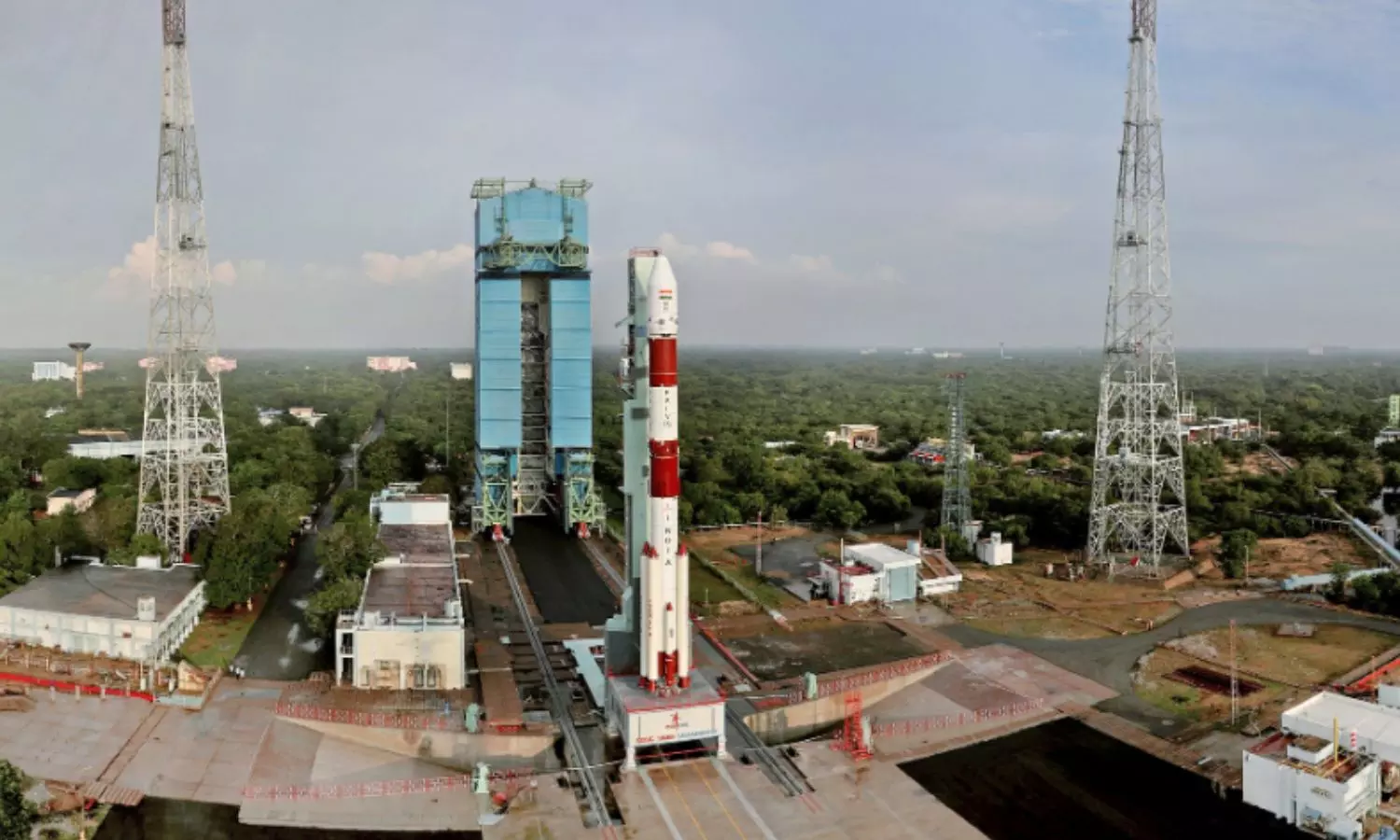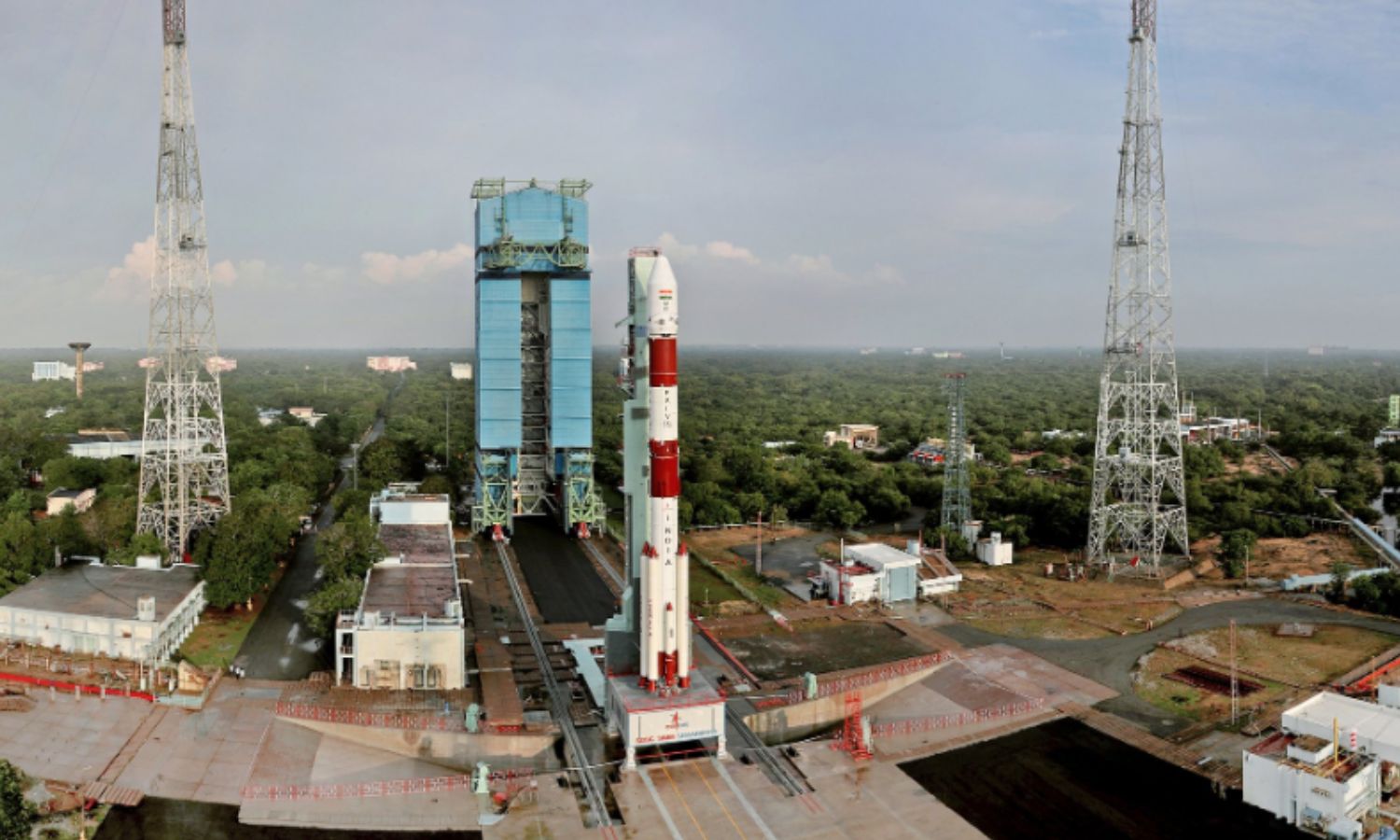
TIRUPATI: Indian Space Research Organisation (Isro) is all set to launch the European Space Agency’s (ESA) ambitious Proba-3 solar mission aboard the former’s most-reliable PSLV-C59 rocket. The 25-hour countdown for the mission commenced at 3:08pm on Tuesday.
The launch is scheduled at 4:08pm Wednesday from the Satish Dhawan Space Centre in Sriharikota.
Proba-3, a global space collaboration led by ESA and undertaken as a commercial venture by New Space India Limited (NSIL), marks a significant step in the advancement of precision formation flying technologies. The mission aims to study the solar corona — the Sun’s faint outermost layer — through an innovative arrangement of two small satellites working in unison.
The mission involves two small satellites, the Coronagraph Spacecraft (CSC), weighing 310kg, and the Occulter Spacecraft (OSC), weighing 240kg. After launch, the satellites will separate and maintain a fixed alignment, 150 meters apart, to mimic a solar eclipse.
This configuration allows continuous observation of the corona, far exceeding the brief viewing periods offered by natural solar eclipses, Isro said in a statement.
The mission is part of the ESA’s Proba series. Proba-1 was launched in 2001 and Proba-2 in 2009. Both those missions conducted by Isro were organised at an estimated cost of €200 million.
Proba-3 introduces advanced technologies for formation flying, proximity operations and rendezvous in space, while validating innovative sensors and control algorithms.
Proba 3 will enter a highly elliptical orbit of 600 x 60,530km with an orbital period of 19.7 hours. The PSLV-C59 rocket, marking its 61st flight and the 26th using the PSLV-XL configuration, will demonstrate its capability to deliver complex payloads into a challenging orbit.
Technological advancements are at the core of Proba-3, equipped with state-of-the-art instruments to facilitate research. The CSC carries ASPIICS (Association of Spacecraft for Polarimetric and Imaging Investigation of Corona of the Sun), a device designed to capture detailed images of the Sun’s inner and outer corona.
OSC features the DARA (Digital Absolute Radiometer), which will continuously measure the Sun’s total energy output.
Additionally, the CSC is equipped with the 3DEES (3D Energetic Electron Spectrometer) to study electron fluxes in Earth’s radiation belts, contributing to advancements in space weather research.
A major highlight of the mission is the solar coronagraph, a specialized instrument aboard the CSC that will create an artificial eclipse by using the OSC to block the Sun’s bright disk. This setup enables continuous observation of the corona for up to six hours.
The corona, with temperatures reaching 2 million degrees Fahrenheit, is critical for understanding solar activity and its influence on space weather, which can impact satellite systems and communications on Earth.
The Proba-3 mission not only showcases Isro’s capability in deploying advanced technology but also strengthens its role in fostering international cooperation in space science. After the mission, Isro and ESA plan to collaborate further, leveraging data from Proba-3 and India’s Aditya-L1 solar mission to deepen insights into solar phenomena.
This joint effort is expected to drive significant progress in understanding the Sun’s behaviour and its implications for Earth’s space environment, the Isro statement added.
